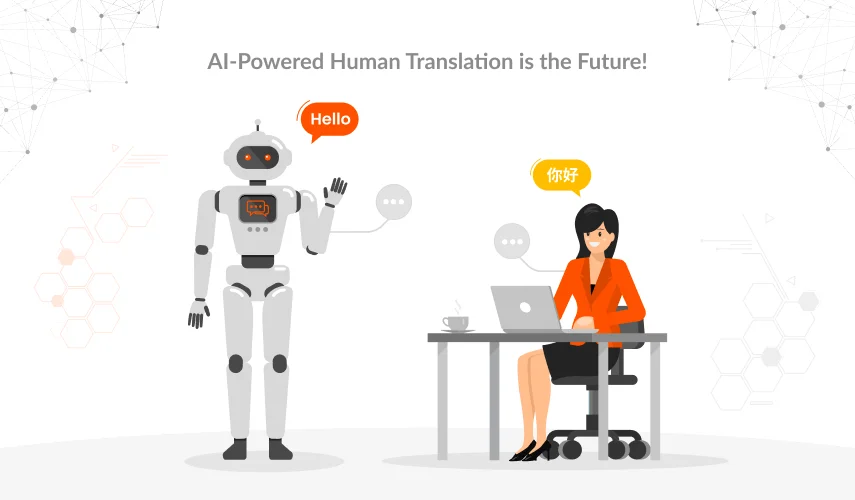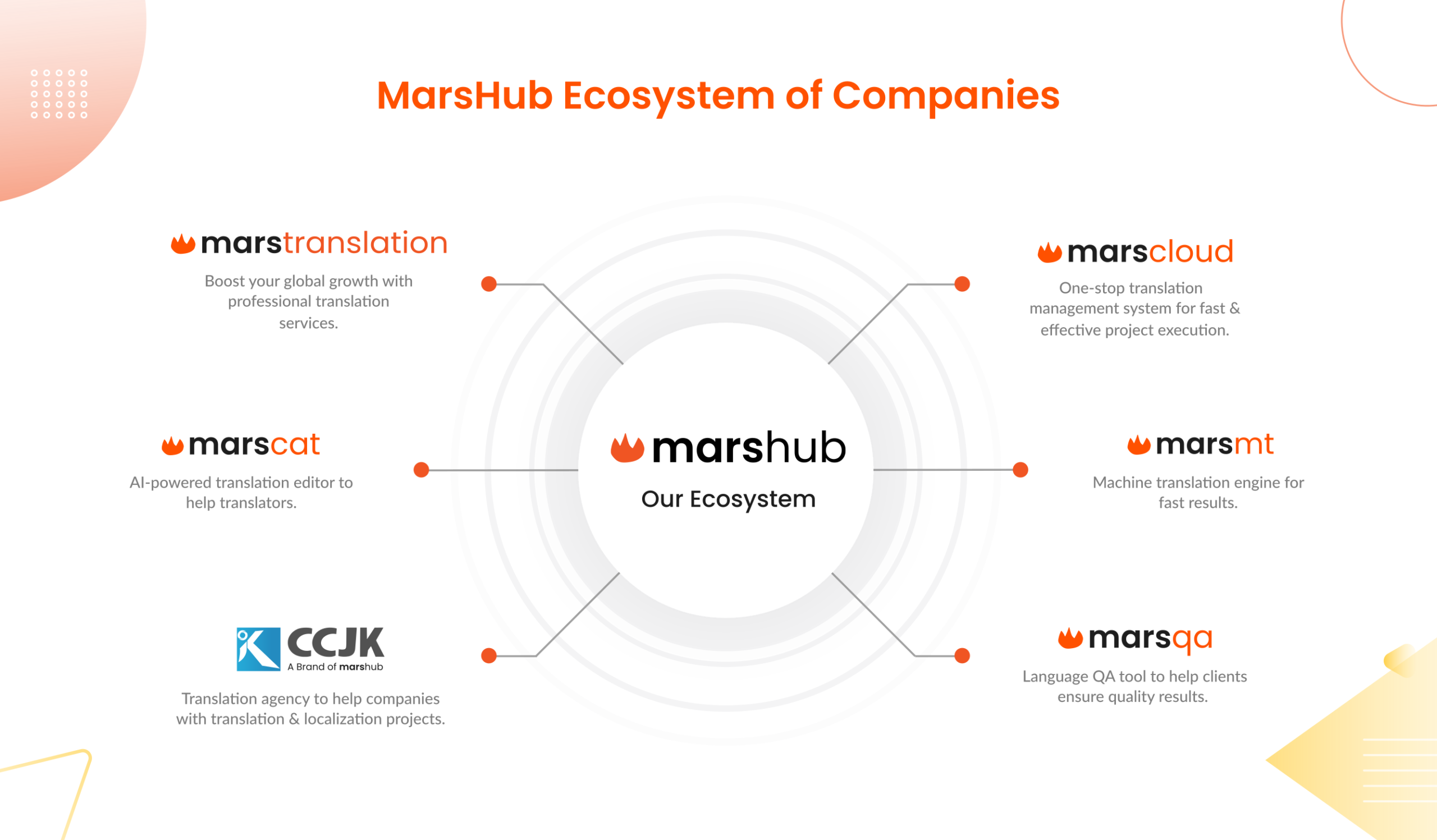Do you know, that the game industry is expected to reach $256.97 billion by 2025, which means there will be around 2.5 billion video game players globally? Video gaming is a billion-dollar industry, and it is growing rapidly around the world. Gaming companies are all set to capture the global market to maximize their profit ratios and overall revenues. The Internet has made it easier for online businesses to go global. However, to be successful in the international market, you must develop your game’s elements in a way that seems interesting and relevant to foreign audiences. Here is where game localization comes in.
Read this article, if you want to get deep into game localization and want to know how you can localize your own game to make it famous among foreign users just like your local users.
What is Game Localization?
Adapting your game elements to the preferences and interests of local audiences is known as game localization. Most people think localization is just about translating content into multiple languages, but there are so many more things to consider in this process. Localization of games involves linguists, technical, UI, and SEO-related tasks to make your game look more native to people from various regions. In the localization process, you have to translate the content into multiple languages, depending on the countries where you want to launch your game.
With this, you have to make some technical tweaks in the code, modify the UI design a bit, and take care of SEO elements. Localizing your games would help you meet the standards of diversified markets. It will also increase user engagement by enhancing the overall game experience.
Step-By-Step Guide to Game Localization
You would need a proper localization action plan to internationalize your game, and it involves multiple steps in the localization process. This article is a complete guide for game localization, we have discussed in detail the steps you need to follow to localize your game and launch it in the international market.
Content
- Develop Localization Strategy
- Create A Lockit
- Assemble Localization Team
- Use Translation Management System
- Localize The Code
- Do Translation
- Make It Look Native
- Perform Quality Checks
- Integrate Content
- Monetize Your Game
1. Develop a Localization Strategy
Always keep the end goal in mind and create your localization strategy accordingly. To create an effective localization strategy, you must know what your targeted audiences are. How do you want to localize your game? What resources are required? Which content needs to be translated or adapted to foreign markets? These are some most important questions; you should ask yourself while planning the localization strategy for your game. Implementing a robust localization plan would allow you to complete your localization without exceeding time and budget. As compared to standard translations of websites, game localization would require some added skills, so having the right team and resources is the most essential thing before starting your localization journey.
2. Create A Lockit
Once you are all set to execute your localization strategy, you should create a Lockit. Lockit is the abbreviation for localization kit. You will provide this Lockit to your translators as an assistance guide. All the information related to your content, particularly the linguistic assets should be provided in the Lockit to guide the translators regarding your need for in-game data and what would be localization characteristics. It is crucial to develop a Lockit that contains all information concerning your translation needs, context, and brand message. With Lockit, your translations never lose context, and you’ll be able to maintain brand consistency. Your Lockit must contain the idiosyncrasies of the game, terminologies, objectives, and unique story elements.
3. Assemble Localization Team
Whether you prefer hiring an in-house team, or some third-party services provider offering localization services, you have to make sure that your localization project is in reliable hands. The experience and expertise of your team would have a huge impact on the success of your game localization. Before assembling your localization team, you have to keep in mind the budget and goals of your projects. For this, you should be hiring people who don’t just know certain languages but are also aware of the culture of different regions. It will be more feasible for you to hire some third-party service providers for this purpose. They have practiced translators who understand the requirements of game translations and culturalization.
4. Use a Translation Management System
To make your translation project hassle-free, it is significant to integrate a TMS. Your service provider and you should have a Translation Management System and other IT software to ensure smoother and quicker translations and localization. A TMS would not just make your localization tasks simpler but also keep the quality of content higher. Moreover, it is imperative to use a TMS because you would not just need translation but are also required to localize your code. Using tools, you can integrate this code into your TMS. Can you imagine, that without a TMS, it would take you up to many years to localize your game? Having an agile TMS in place would allow you to complete the whole localization process in just a few months. The automated workflows of TMS save a lot of time and allow you to complete bulks of translations.
5. Localize the Code
Once you’ve determined what content you want to translate, the next step would be to get those content strings from the code. If the format of your game is not translation-friendly, it will be hard to translate. Depending on whether you’re creating a game for Android or iOS, the localization practices would change. For instance, in case you are creating an Android game, you will be following Android localization standards.
6. Do Translation
It is the most important step in your whole localization journey. Now you have separated your string, you can send it to your translator to begin their translation process. The best part is, as you have a TMS System, you don’t have to merge your resource files manually. Your TMS will get the resource files to the system, where your translators can start working on them. It will make your translation process agile and easy, as everything is assembled in one place. This is the step when the translators will be using your lock as a guide to keeping the context alive while doing translations.
7. Make It Look Native
Cultures have a huge impact on video games, which is why you must have a good knowledge of culture while localizing the game to a particular region. Word-to-word translations might not be enough for game localization. For translations, you will need translators who are not just familiar with languages but also well aware of the cultural intricacies. Sometimes the words translated seem too awkward in other languages and dialects, so you’ve to be very careful about this. Translations should be done in a way that the tone, intent, and context of the content remain the same. You have to make sure that foreign users are getting the same emotions from translated content, as local users are getting from the original text. You should invest in good translators because the online tools are not smart enough to serve the actual.
8. Perform Quality Checks
Assuring the quality of your content is one of the most important aspects of localization. The translation done by translation goes through various revisions, edits, and proofreading to make sure that there are no grammatical, spelling, punctuation, or logical mistakes. Companies have editors and proofreaders, who review the translated content and correct all sorts of mistakes. Your content might go through different quality checks to make sure that the finalized content is error-free and all set to be integrated into the game.
9. Integrate Content
Now, as your content is translated, proofread is done, and quality is ensured, the next step is to integrate your content into the localized game. You have to be careful while assembling the content because you will notice a lot of changes have been made to the localized version of the game, such as graphics, character models, etc. You might need to make some adjustments to the UI design to make sure that your content perfectly fits into the designs and layouts. There will be no need to make some changes to the code in the integration process. Once your integration is done, your game is ready to get launched.
10. Monetize Your Game
The main difference between video games, and traditional game platforms, is that video games allow their publishers to earn money. As you are going to launch your game to different regions now, you should have a good monetization plan to earn some revenue. Just like two countries don’t speak the same languages, similarly, their currencies and economies are also not similar. So, you should keep in mind all of these factors while making your monetization strategy. Even if you want to keep your game free, you can earn profit through ad revenue and in-app purchases.
Summing Up!
In a nutshell, with game localization, you can significantly increase your profit margins in the international market. Localizing allows you to better connect with your customers by optimizing their overall gaming experience. You have to keep in mind economic concerns, cultural details, and linguistic aspects to modify your game in a way that would meet the standards and preferences of targeted regions. Make sure you are following all the game localization steps mentioned in this article. It will allow you to effectively translate the game content and localize other elements of the game.



